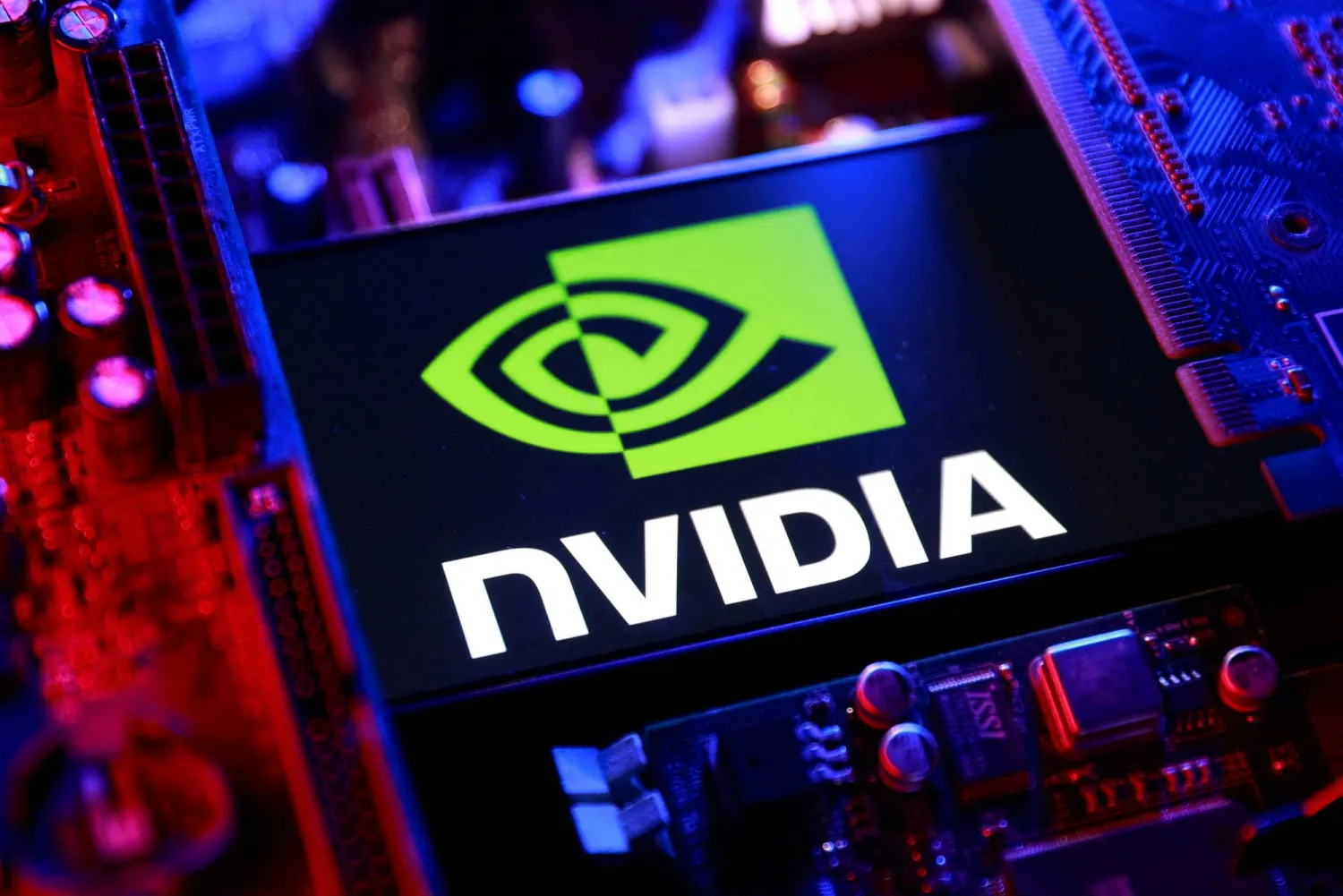Meta Platforms Inc will make it easier for brands to run three-dimensional ads on its Facebook and Instagram social media platforms through a new partnership with an ecommerce technology firm.
The integration with VNTANA will allow brands to upload the 3D models of their products to Facebook and Instagram and easily convert them into ads, VNTANA said on Thursday in a press release.
The move is a stepping stone into advertising in the metaverse, said VNTANA Chief Executive Ashley Crowder, referring to the futuristic idea of a collection of virtual worlds that can be accessed through devices such as headsets.
Meta has staked its future on contributing to the building of the metaverse, which it has said could take up to a decade to be realized.
Meta previously partnered with augmented reality (AR) companies Modiface and PerfectCorp to help beauty and cosmetic brands more easily run 3D and AR advertising.
"The metaverse is basically the spatial internet," Crowder said. "It is a whole world of possibility that starts with having the right 3D models of your products."
Facebook and Instagram users who see a 3D ad while browsing on their desktop or phone can interact with an image of a handbag, for instance, and move it around to view the item from all angles.
"In a way, this offers a glimpse of what you might expect on future devices like AR glasses," said Chris Barbour, director of augmented reality partnerships at Meta's Reality Labs unit.
Before VNTANA's integration with Meta, advertisers would need to reformat 3D files to be compatible with Meta's ad systems. Now, brands can use VNTANA to easily upload and convert the files into ads without technical expertise in working with 3D images, Crowder said.









